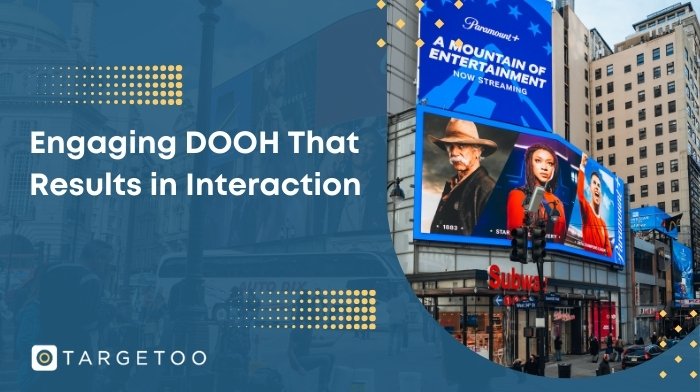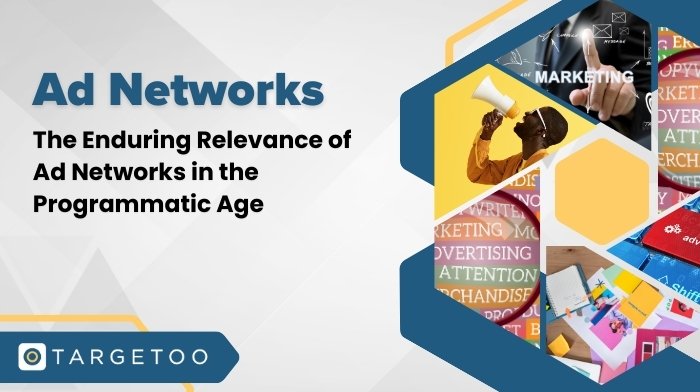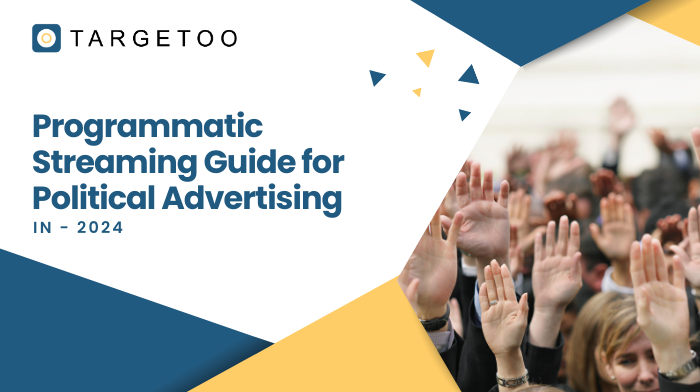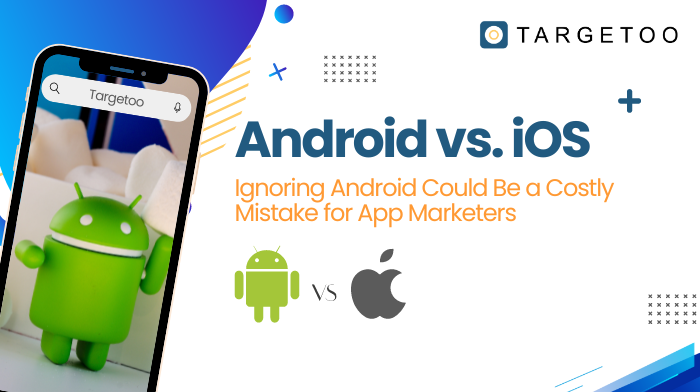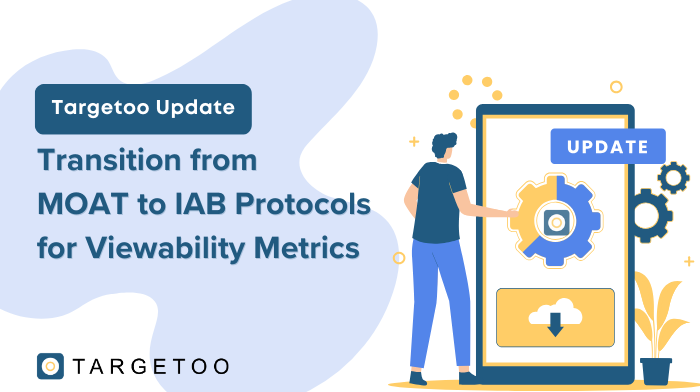In a world where attention is fragmented and fleeting, Digital Out-of-Home (DOOH) advertising has emerged as a powerful medium to cut through the noise. But true engagement in DOOH doesn't come from flashy visuals alone—it comes from creating meaningful interactions. At Targetoo, we do more than display ads. We engineer experiences that connect with people, drive action, and deliver measurable outcomes.
DOOH with Audience Sync
Targetoo’s DOOH solutions go beyond impressions. We leverage audience sync technology to ensure ads are seen by the right people at the right time. Whether it's syncing campaigns to specific behaviors, device types, or locations, we connect DOOH to a wider consumer journey that begins on mobile, continues through CTV, and finishes at a physical store.
Seamless Cross-Screen Journeys
We use advanced location intelligence to bridge mobile devices and shared screens. This means your message doesn’t just appear—it follows the consumer across touchpoints, from the moment they pass a billboard to when they scroll their phone later that day. With Targetoo, DOOH becomes part of a scalable, omnichannel strategy that enhances recall and boosts performance.
Effortless DOOH. Powerful Results.
From portrait to landscape, static to in-motion screens, we support thousands of DOOH formats across premium inventory. Our platform features a state-of-the-art UX/UI, making it easy to target programmatically and manage campaigns at scale. Whether you're advertising in city centers, transport hubs, or retail environments, DOOH is made effortless with Targetoo.
Drive-to-Store with Measurable Incrementality
Targetoo's unique drive-to-store capabilities allow advertisers to measure footfall uplift and campaign impact in real-time. We go a step further with incrementality measurement, ensuring every store visit can be attributed to the DOOH experience. When combined with weather-triggered creatives or mobile syncing, this becomes a true performance engine.
Smart Weather Advertising
Dynamic weather-based triggers allow your ads to adapt automatically to real-world conditions—think hot coffee promos on cold mornings or sunscreen offers when the sun’s out. This ensures your message is always relevant, increasing engagement and boosting campaign effectiveness.
Unravel DOOH with Targetoo
DOOH Dashboard
where every screen becomes a moment of interaction, and every ad is part of a larger, smarter consumer journey. With Targetoo’s advanced DOOH technology, brands no longer need to rely on guesswork or broad-stroke messaging. Instead, we offer the precision and agility required to craft campaigns that respond to real-time context, whether it’s the weather, foot traffic, or audience behavior. By syncing DOOH with mobile and CTV, we allow advertisers to extend the impact of each impression, reinforcing brand messages across multiple touchpoints and guiding users from awareness to action. Our unique combination of audience syncing, dynamic creatives, and drive-to-store measurement turns DOOH from a passive channel into a performance powerhouse. Whether you're targeting commuters on the move or shoppers on the verge of making a decision, our platform ensures your ad shows up at the right place, at the perfect moment. With seamless integration, premium inventory access, and intuitive tools, Targetoo makes it easy to harness the full potential of DOOH, unlocking interactive experiences that convert.
Want to learn more about scalable, data-driven DOOH? Contact Targetoo today.


